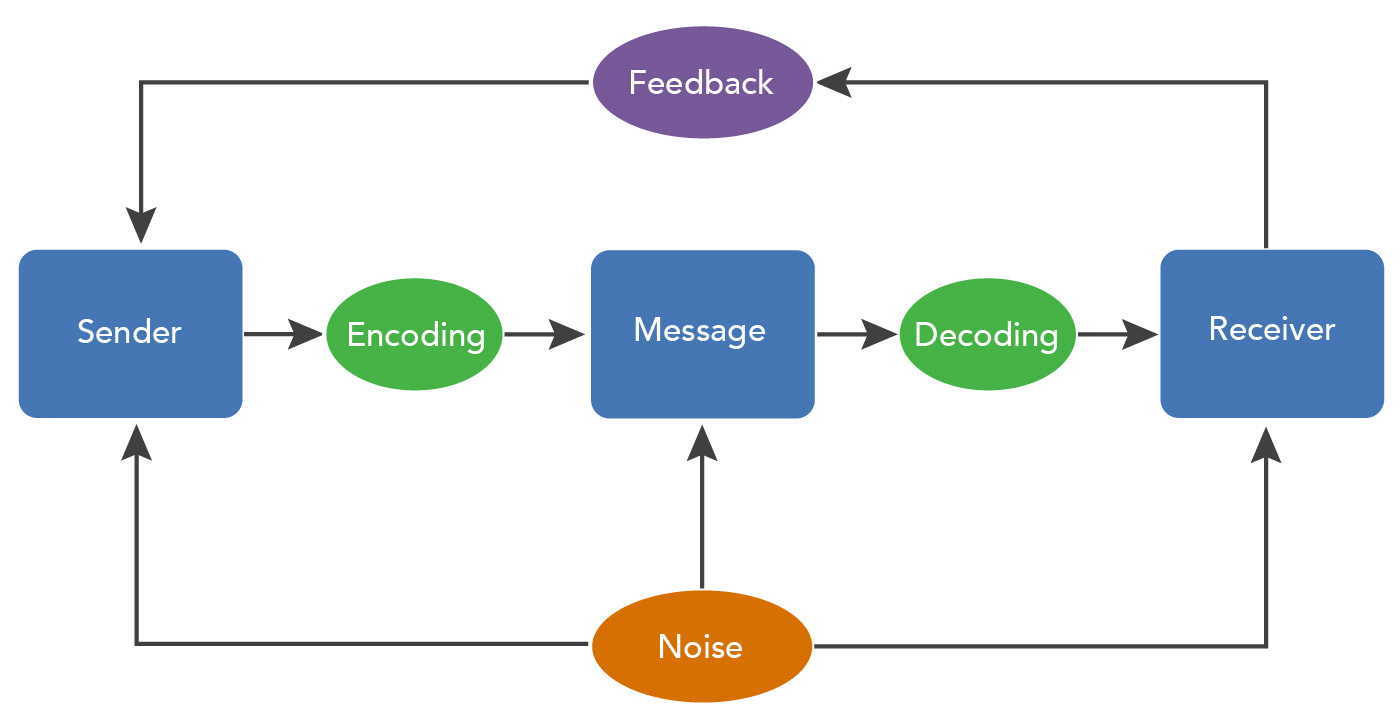Better Hockey Communication: The Two Worst Questions in Coaching
Teaching ≠ Learning (Checking for understanding)
The first two ‘blocks’ of a full 26-block Special Forces training cycle are on communication. They may hate going through it, but they fully understand its foundational importance.
One of the key lessons they cover is around the process of communication and checking for understanding.
Teaching doesn’t matter. Learning and understanding matter. What the sender communicates isn’t always what the receiver understands.
Too many people assume that just because they said something, their message was received by the other person how they intended it to be. Those with experience understand this is false.
Process of Communication
Let’s look at the process of communication:
Sender = The person with a message/thought/idea to convey.
Encoding = Verbal/spoken or non-verbally, a message is encoded.
Message = The message is sent through a verbal or non-verbal channel.
Decoding = The receiver gets the message and must decode the meaning.
Receiver interpretation = The person interprets the meaning of the sender’s message.
Once done, the sender does not know if the receiver understands the message as intended. There are many things that can get in the way of perfect understanding. Here are a few examples:
Missing pieces of the message
On different pages or viewing through a different mental lens
The receiver or sender is distracted
There are a bunch of assumptions that are not verbalized
Every coach, player, parent, etc. knows a situation where they gave instructions to someone, only then see them completely messed up.
Checking For Understanding/Feedback
Due to these reasons and more, it’s mission-critical to check for understanding.
Let’s look at two communications from the Vancouver Canucks’ preseason preparations.
Example 1
A coach comes up to a player with feedback and something he wants to teach the player. He demonstrates and explains at the same time to the player (Not ideal, but a story for another day). Once done, he asks “Make sense?”
The player says “yes,” but the coach clearly wants to ensure he is getting his message to the receiver/player.
The coach continues with “do you understand what I am saying?” and continues to explain his message/teaching in a slightly different way.
Here is the video of the interaction:

Example 2
A player is sitting on the bench and is explaining what they want to do next to his teammates. Once done, teammate #1 asks “Do you know what that means?”
The player (teammate #2) says “yeah,” but teammate #3 clearly wants to ensure teammate #2 understands.
Teammate #3 follows up with “What does it mean?” Teammate #2 then explains back what his understanding is. Happy that the message was received and understood properly responds, “Yes, Atta boy.”
Here is the video of the interaction:

Which do you find more effective?
More than just the sender
While normally the sender has more invested in the communication, receivers shouldn’t simply rely on them. The receiver should also seek to ensure they are understanding correctly. That could look something like this:
“This is my understanding… (fill in here). Do I understand you correctly?”
If the sender has been misunderstood, the message might need to be framed differently or clarify difficult-to-understand pieces. Or the sender or receiver may need to ask questions to get more clarity on where the misunderstanding is coming from.
With both sides of the message taking ownership over understanding, they can quickly coordinate and act effectively.
Questions
Simplifying this down further, let’s look at the worst two questions when checking for understanding. If you say you’ve never used these… you’re absolutely lying! We’ve all said these!
“Does that make sense?”
“Any questions?”
Removing those from your speech is a great step toward becoming a more effective teacher, coach, and communicator. Here are some examples of better questions to ask:
“Repeat that back”
“What do you understand?”
“What are we about to do?”
“Why is this important?”
Studying beyond just the content of hockey and actually diving into the true skills of teaching and coaching is critical.
We’ve already written about the best questions in hockey, and I create my drills with these questions in mind for the players (drillbook available for purchase).
Further Reading


